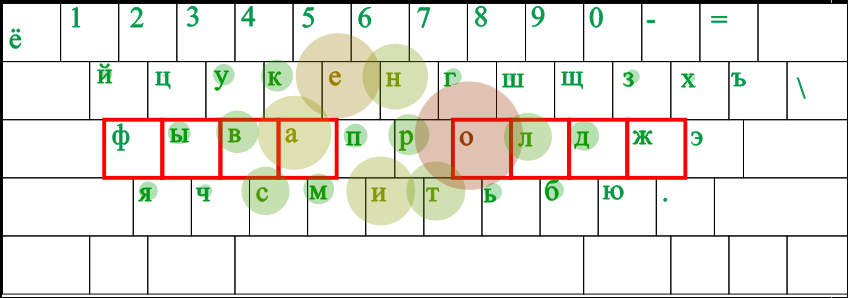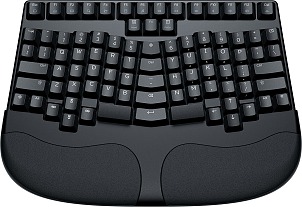Russian Keyboard Layout and Programing
Problem of Russian Keyboard Layout for Programing
By Yuri Khan.
For Russian programers, you don't have these symbols in Russian layout:
If you need to type them, you need to switch layout out of Russian. So, programing in Russia is quite painful.
Here is the detail.
As a Russian computer user, I have to deal with language-specific layouts constantly. I have to write in English, Russian and several computer languages. Now, Russia and the Russian language have a couple of unfortunate properties:
- Russian language uses an alphabet of 33 letters. That's 7 more than English and 4 more than Swedish, Danish or Norwegian. (But still way less than Japanese, who have to sacrifice digits and most every punctuation key in order to fit all of the 45+10 kana letters.)
- Keyboards in Russia do not compensate for this. (In the times of Soviet Union and the Cold War there were designs with a halfway adequate number of keys, but that legacy is lost to us.)

As a consequence of this, the Russian layout cannot just place letters on letter keys and leave punctuation alone. It has to borrow
, < . > ; : ' " [ ] { } ` ~
keys for letters, and shuffle their punctuations over other, less frequently used keys. So,
/ ? becomes ., ;
" displaces @
; pushes $ out,
: evicts ^,
? replaces &,
and / takes the place of |.
Needless to say, it is inconvenient — it introduces modality. You have to remember which layout you are in, and you have to switch layouts if you are writing Russian and need any of
` ~ @ # $ ^ & | [ ] { } ' < >
Even if I heavily customize my Russian layout, it does not magically create 7 new letter keys. Truly Ergonomic 109/209 only offers four usable extra “International” keys (top left, bottom left, bottom right and second-top middle in the default), and three of those are in inferior positions (long stretch of pinky) only suitable for the less-used letters or characters.
So:
- Yes, language-dependent punctuation layouts can be and are used. The brain and the fingers do adapt. I will not be so bold as to say every Russian computer user possesses this skill, but most IT people do.
- No, this is not convenient. I can bear with two layouts that are almost completely different; I would certainly hate to have even two layouts that are almost, but not entirely, identical (e.g. English and C++).
- But a single user in a given period of life (⇒ ≈fixed set of languages written on a daily basis) can optimize for his/her most frequently used characters.
 Truly Ergonomic, 2013
Truly Ergonomic, 2013